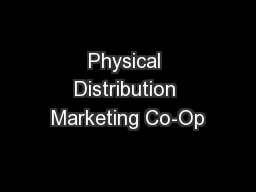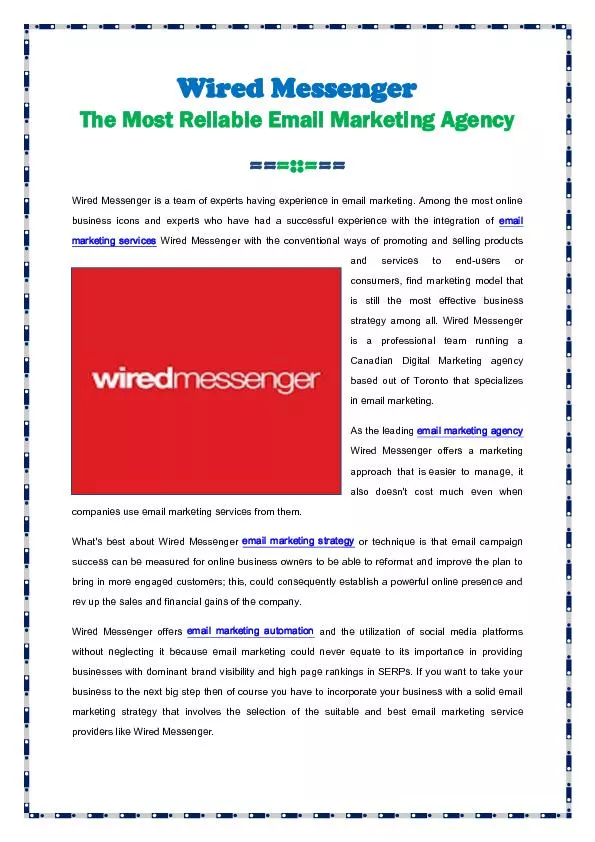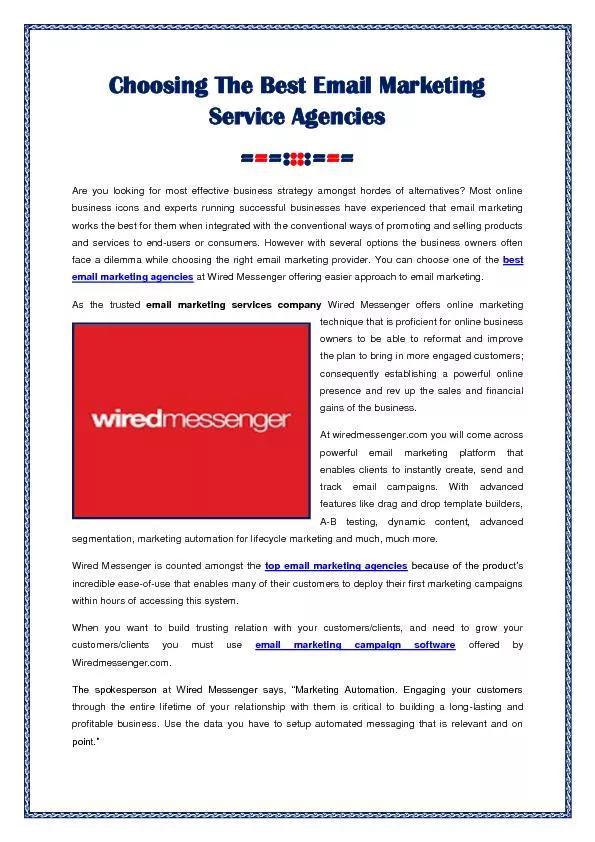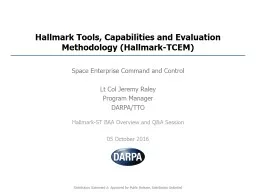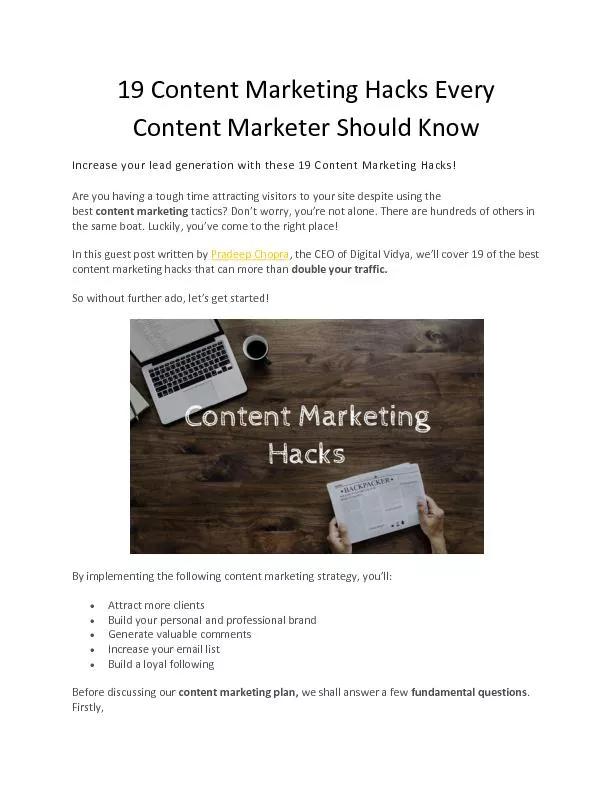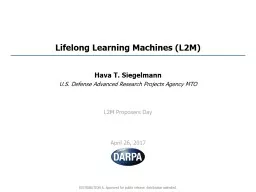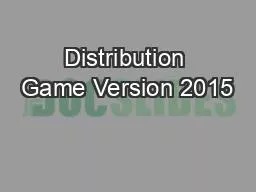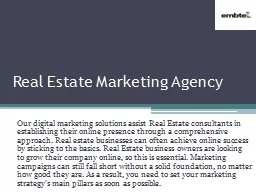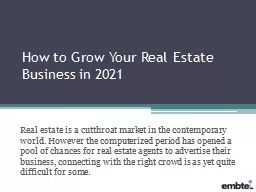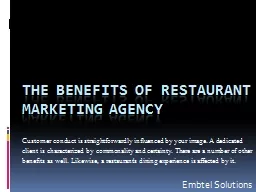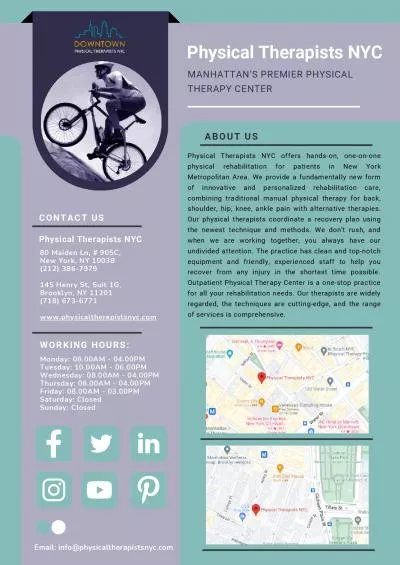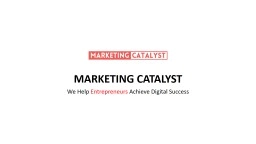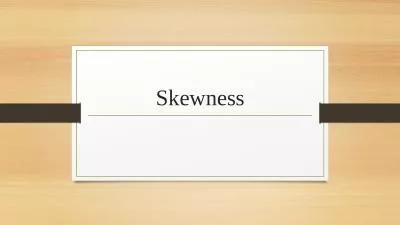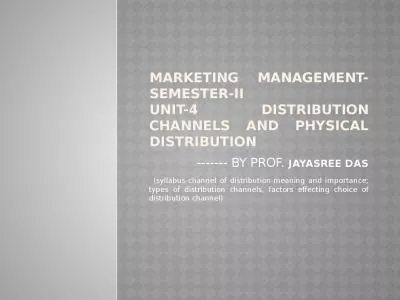PPT-Physical Distribution Marketing Co-Op
Author : marina-yarberry | Published Date : 2018-12-17
What is Physical Distribution The key link between a business and its customers also known as logistics Logistics the process of physically delivering goods to
Presentation Embed Code
Download Presentation
Download Presentation The PPT/PDF document "Physical Distribution Marketing Co-Op" is the property of its rightful owner. Permission is granted to download and print the materials on this website for personal, non-commercial use only, and to display it on your personal computer provided you do not modify the materials and that you retain all copyright notices contained in the materials. By downloading content from our website, you accept the terms of this agreement.
Physical Distribution Marketing Co-Op: Transcript
Download Rules Of Document
"Physical Distribution Marketing Co-Op"The content belongs to its owner. You may download and print it for personal use, without modification, and keep all copyright notices. By downloading, you agree to these terms.
Related Documents

